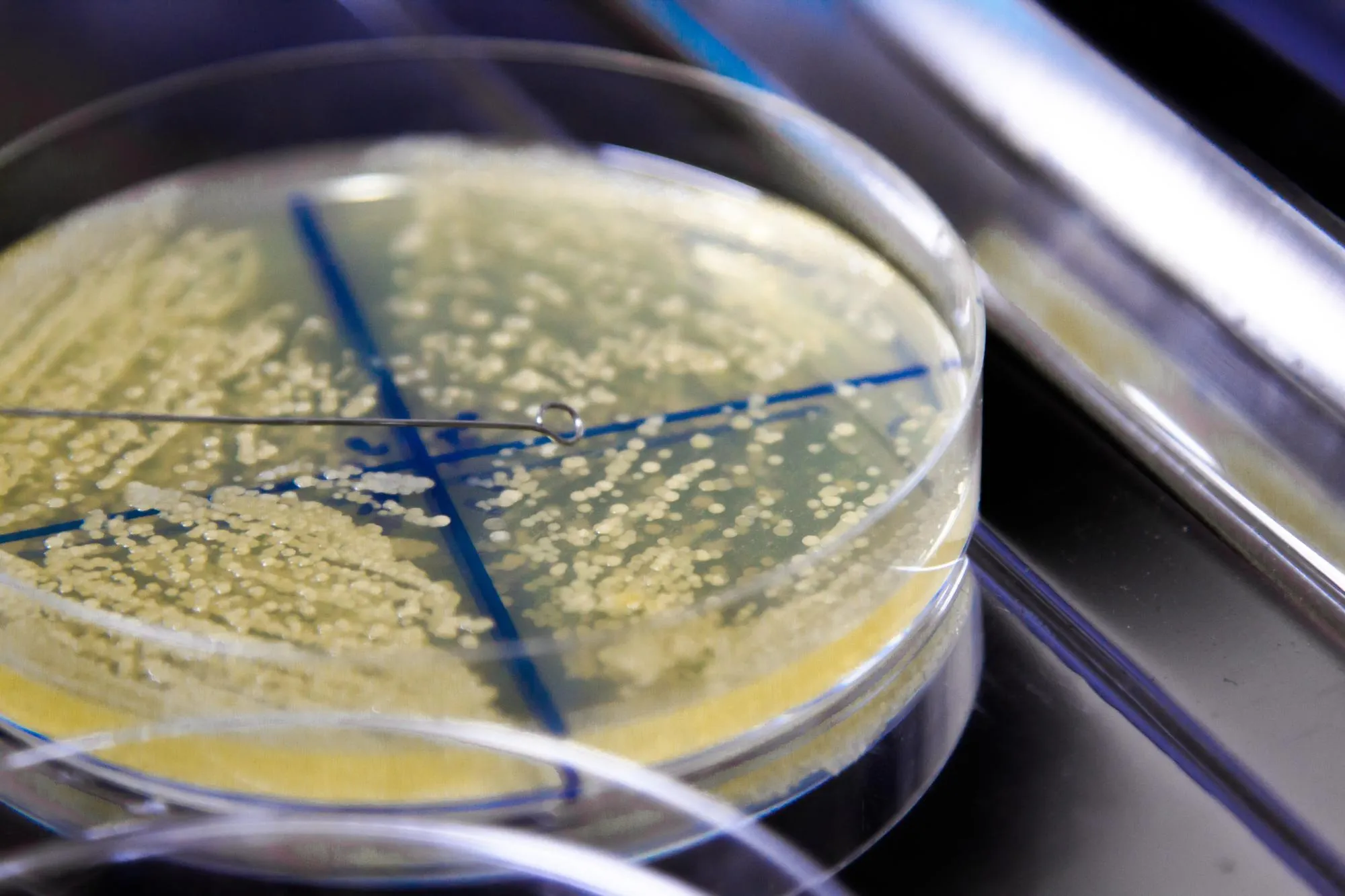A recent study published in Carbohydrate Polymers reveals an innovative method to detoxify lignocellulosic hydrolysates, significantly improving microbial fermentation. This discovery opens the door to more efficient biofuel production and other biotechnological applications.
The exploration of renewable resources for fuel production is an essential part of the global sustainability agenda. Lignocellulosic biomass, made up of complex carbohydrates, has been identified as a promising feedstock. However, its transformation into biofuels requires breaking down the tough structure of lignin and cellulose to release fermentable sugars. During this process, hydrolysates are often produced, which contain compounds that are toxic to microorganisms responsible for fermentation. An innovative solution to this challenge has been presented in a recent study by a team of researchers led by Liu Wen of Nanjing Forestry University, published in “Carbohydrate Polymers” (DOI: 10.1016/j.carbpol.2023.121766).
The study introduces a detoxification strategy employing a chitosan-chitin nanofiber hybrid aerogel modified with polyethylenimine (PEI) and methyl triethoxysilane (MTES). This material, dubbed P/M-CCA, has been shown to effectively remove furanic and phenolic inhibitors from corn cob hydrolysate, while preserving the valuable sugars necessary for fermentation.
The articles detail how P/M-CCA achieved impressive removal rates of hydroxymethylfurfural (HMF) and furfural—85.1% and 99.0%, respectively. In addition, it efficiently eliminated 100% of six out of nine phenolic inhibitors tested, with the remaining three being reduced by more than 65%. Remarkably, the detoxification process did not compromise the concentrations of glucose and xylose, essential sugars for fermentation, which were both retained at 100%.
The success of the P/M-CCA goes beyond the removal of toxins. It has profound implications for the fermentation process itself. For instance, the study outlines how Bacillus coagulans, a bacterium used in fermentation, showed no growth in untreated hydrolysates. However, in hydrolysates detoxified with P/M-CCA, the bacterium grew normally, producing a substantial concentration of lactic acid (19.1 g/L) after just 12 hours of fermentation.
The authors of the study, which includes Liu Peng from the School of Grain Science and Technology at Jiangsu University of Science and Technology, and Liu Liang from Nanjing Forestry University, among others, have achieved a noteworthy advancement in lignocellulosic bioconversion. Not only does their method promote the valorization of highly toxic hydrolysates, but it also does so without any known competing financial interests or personal relationships that could influence the work, as stated in their declaration of competing interest.
The article published in “Carbohydrate Polymers” serves as a comprehensive resource for industry professionals and researchers alike. It brings forth new understandings of how specialized aerogels can be used to tackle the challenges of lignocellulosic biomass processing and how this approach may push the boundaries of sustainable energy and material production.
In conclusion, this study’s contribution to the field of lignocellulosic bioconversion is promising. The P/M-CCA provides an efficient and effective way to promote microbial fermentation by removing inhibitors and retaining sugars, thereby enhancing the potential of lignocellulosic hydrolysates as a renewable feedstock for various biotechnological applications.
References
1. Liu, W., Liu, P., Liu, L., Sun, H., Fan, Y., Ma, C., Ouyang, J., & Zheng, Z. (2024). Promoting microbial fermentation in lignocellulosic hydrolysates by removal of inhibitors using MTES and PEI-modified chitosan-chitin nanofiber hybrid aerogel. Carbohydrate Polymers, 328, 121766. https://doi.org/10.1016/j.carbpol.2023.121766
2. Nanjing Forestry University. (2024). Researchers Develop Novel Detoxification Method for Biofuel Production. Retrieved from https://www.njfu.edu.cn/
3. Jiangsu University of Science and Technology. (2024). Advances in Grain Science and Technology. Retrieved from http://www.just.edu.cn/
4. Shandong University. (2024). State Key Laboratory of Microbial Technology. Retrieved from https://www.sdu.edu.cn/
5. Elsevier Ltd. (2024). Carbohydrate Polymers Archive. Retrieved from https://www.journals.elsevier.com/carbohydrate-polymers
Keywords
1. Lignocellulosic Hydrolysates Detoxification
2. Nanofiber Aerogel Biofuel
3. Sustainable Biomass Conversion
4. Fermentable Sugars Preservation
5. Inhibitors Removal Microbial Fermentation
